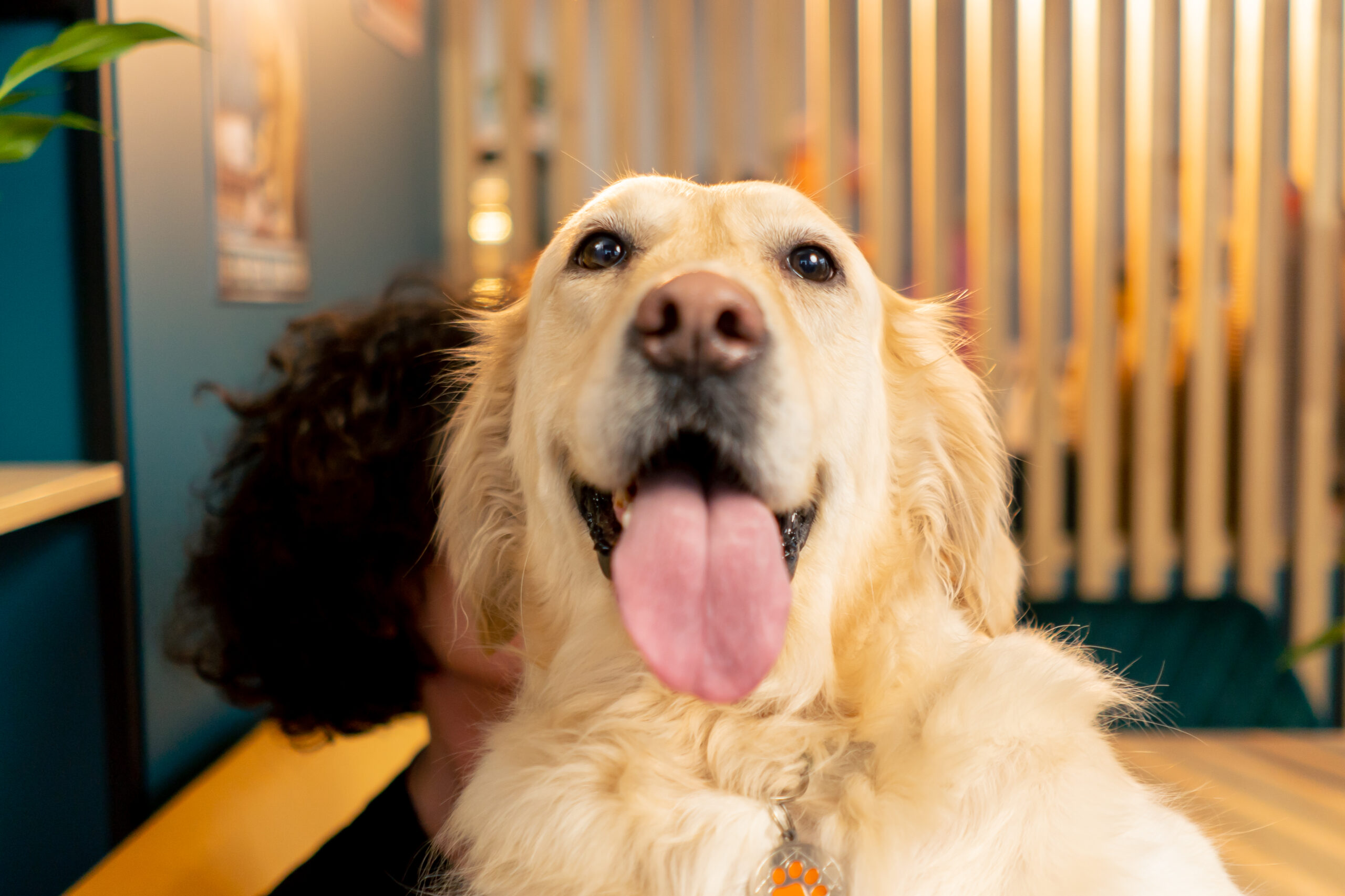
USDA Today: Time for Body Cameras?
The times are changing. USDA Animal Care, a unit within the Animal and Plant Health Inspection Service, administers the Animal Welfare Act (AWA). This federal law establishes requirements concerning the transportation, sale, and handling of certain animals. To enforce this law USDA Animal Care uses Inspectors throughout the country providing unannounced inspections. These inspections are regularly posted on the web for the world to see.






